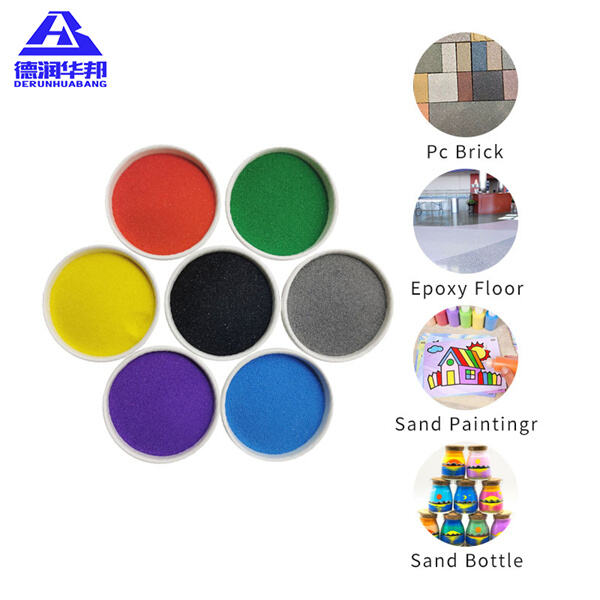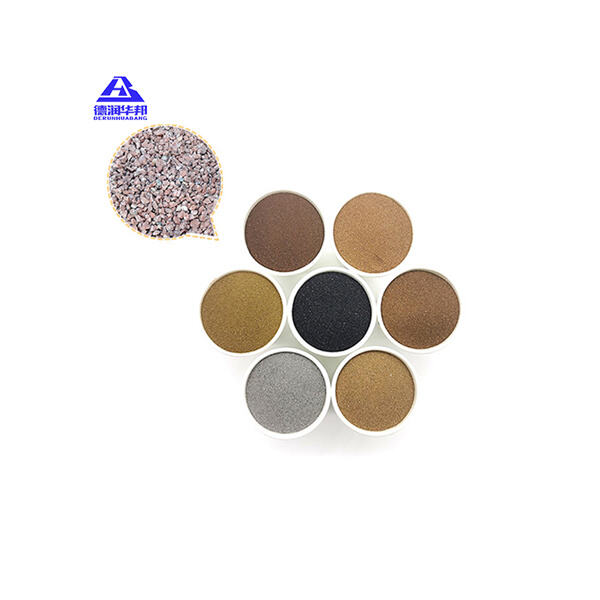 ×
×
The gorgeous red sand is located in various locations all over the planet. It is also an attention-grabber for the young and the old. This special type of sand is fascinating to watch because of its colours and the way it is formed. So, let's take a closer look together at the fascinating world of red sand!
When you examine red sand closely, you start to see how pretty it is. Red sand is made from red rocks that weather into smaller particles. These rocks are particularly iron-rich, turning the sand red. It leads to stunning landscapes that seem almost otherworldly. Red sand dunes spread across countries such as Australia, Namibia, and China, staining the ground in hues ranging from bright red to rusty orange.

Let’s explore how red sand is created. The iron in the rocks triggers a reaction when it rains, or when the wind blows. In the reaction the sand acquires its vivid red coloration. Wind and water work over thousands of years to reduce the rocks to minuscule particles of red sand, which overlay the desert floor in a vibrant, blanket of color.

The vibrant red sand dunes bring us to some of the most incredible places on Earth. From the towering red dunes of Namibia’s Sossusvlei to the wide expanses of Australia’s Simpson Desert, these dunes are as beautiful as they are impressive. Their beauty is further enhanced by the way light and shadow break over the sandy hills, drawing visitors from all over their world to admire them.

Do by discovering about the fantastic red sands found across the world finds that tell us about the types of plants and animals that reside there. From hardy desert plants that do just fine when it's dry to the animals that have evolved the know-how to survive in the red sand, they're all out there living the dream. And by studying these ecosystems, we learn to appreciate nature’s beauty and complexity yet more.

